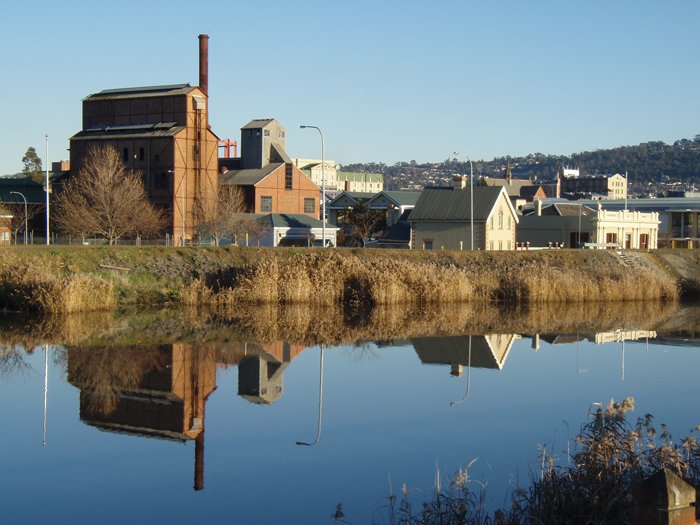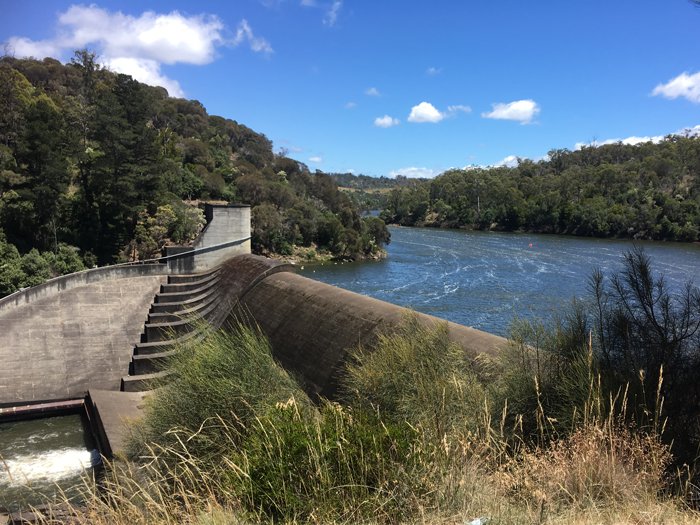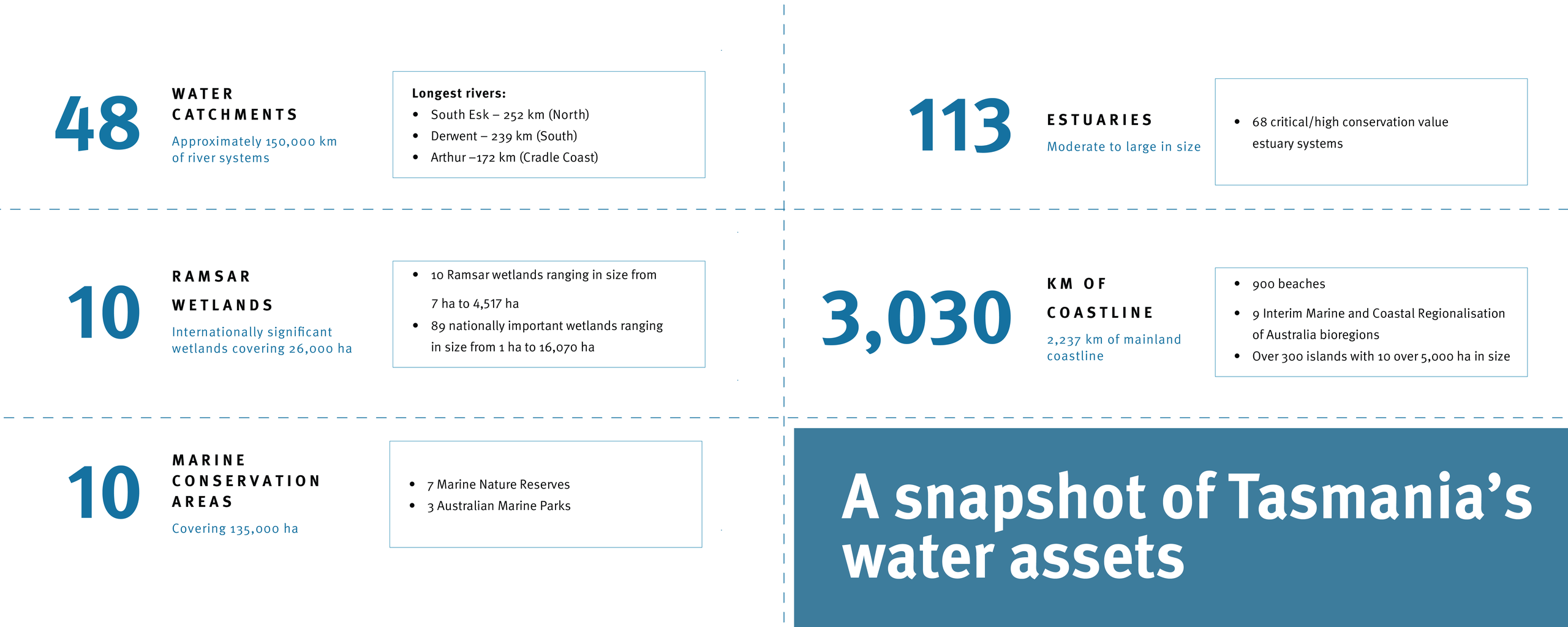Water
The aim of the Water Program is to maintain and enhance ecosystem health of the Kanamaluka / Tamar estuary, and Brid and George catchments through water quality improvements.
Background
Background
In northern Tasmania, water resources form the backbone of both our environment and our community. From the vast Kanamaluka / Tamar catchment nourished by rivers such as the North Esk, South Esk, and Macquarie, to the critical estuaries, wetlands, and coastal systems, our water assets are indispensable.
These natural treasures not only provide clean drinking water but also support diverse of aquatic ecosystems. They are crucial for agriculture, underpinning irrigation for crops and pastures, and they sustain our fisheries and aquaculture industries. Beyond their ecological and agricultural value, these waters offer recreation and tourism opportunities, enhancing our quality of life.
However, these vital resources face increasing pressure from land and water use changes, climate-driven events such as droughts and floods, population change, and ageing infrastructure. High levels of pollutants from urban and industrial sources in places like the upper reaches of the Kanamaluka / Tamar estuary add to the challenges, compromising water quality and threatening community health.
Recognising these challenges, NRM North's Water Program is dedicated to safeguarding and managing these assets effectively. By collaborating with local communities, industries, and government partners, we aim to mitigate the impact of these pressures. Our integrated approach not only addresses current issues but also prepares us for new and emerging water management priorities.

Looking across the North Esk River to Launceston.
Water in Tasmania
- - - - - - - - - - - - - - - - - - -

Water quality monitoring takes place at Lake Trevallyn every summer to keep an eye on blue-green algae levels.
Focus
Focus
The Water Program focuses on improving water quality and enhancing the ecological, social, and economic value of the region's waterways. This is being implemented through:
- The Tamar Estuary and Esk Rivers (TEER) Program - a coordinated approach to manage and guide investment of the Tamar Estuary and Esk Rivers waterways
- The Tamar Estuary River Health Action Plan (RHAP) – which aims to reduce pathogens from entering the Kanamaluka / Tamar estuary through stock exclusion, effluent improvements, and mitigating cross-connections in Launceston’s separated stormwater system.
Water assets
- - - - - - - - - - - - - - - - - - -
Important cultural connections
- - - - - - - - - - - - - - - - - - -
The Kanamaluka / Tamar estuary is an iconic part of the Tasmanian landscape and as the longest navigable estuary in Australia, it plays an important part in our cultural and natural heritage. Over 2,000 generations of Aboriginal people have cared for and lived from the rich resources of the estuary, and it continues to be a valued landscape for Tasmanian Aboriginal people.
Stretching for more than 70 kilometres, the estuary features deep channels, shallow mud flats, strong tidal currents, and an environment that supports a high diversity of marine life and important habitats like seagrass and spectacular rocky reefs. However, the estuary has long been vulnerable to poor environmental management with issues such as modification and pollution having an impact on the estuary’s health.
Improving the health of the estuary is about the overall value of the system for people, wildlife, aquatic animals, and plant life. It is a fine balance between public health, ecological health, the local economy, and recreational amenity.

The estuary supports a high diversity of marine life. Photo: David Maynard





